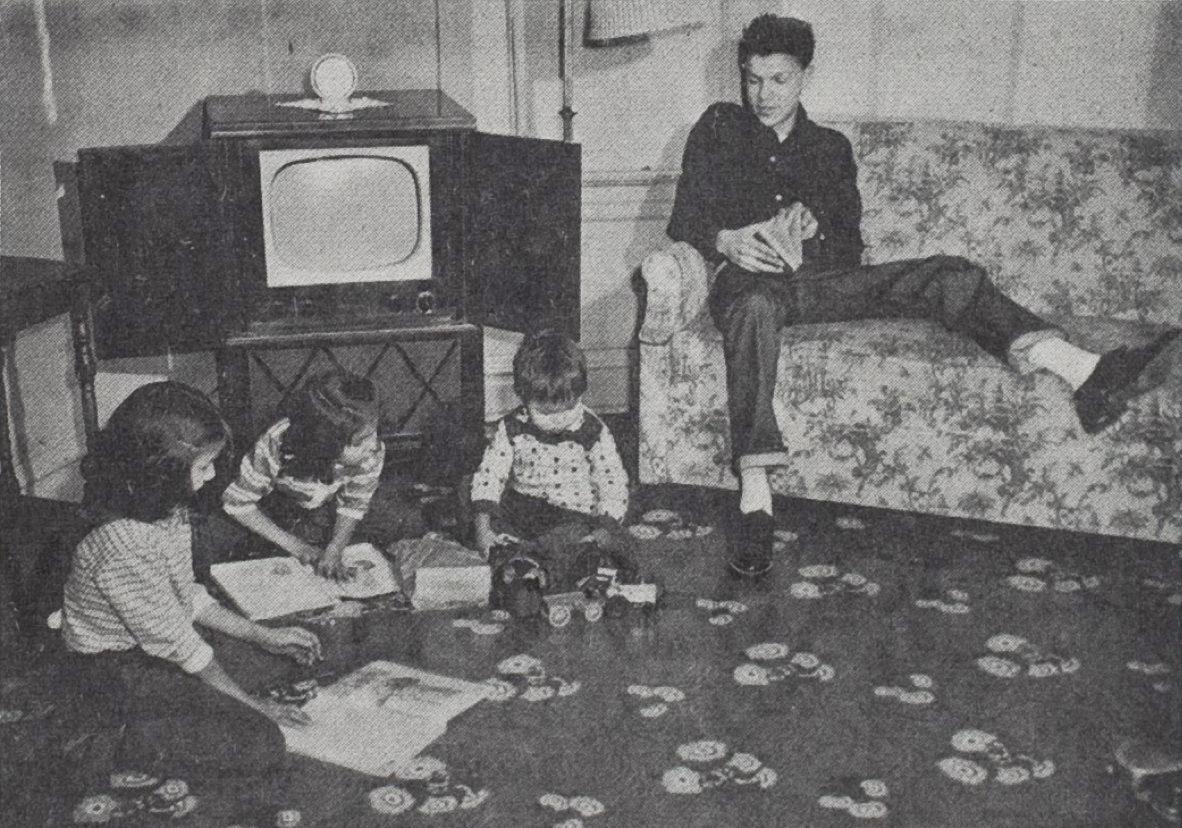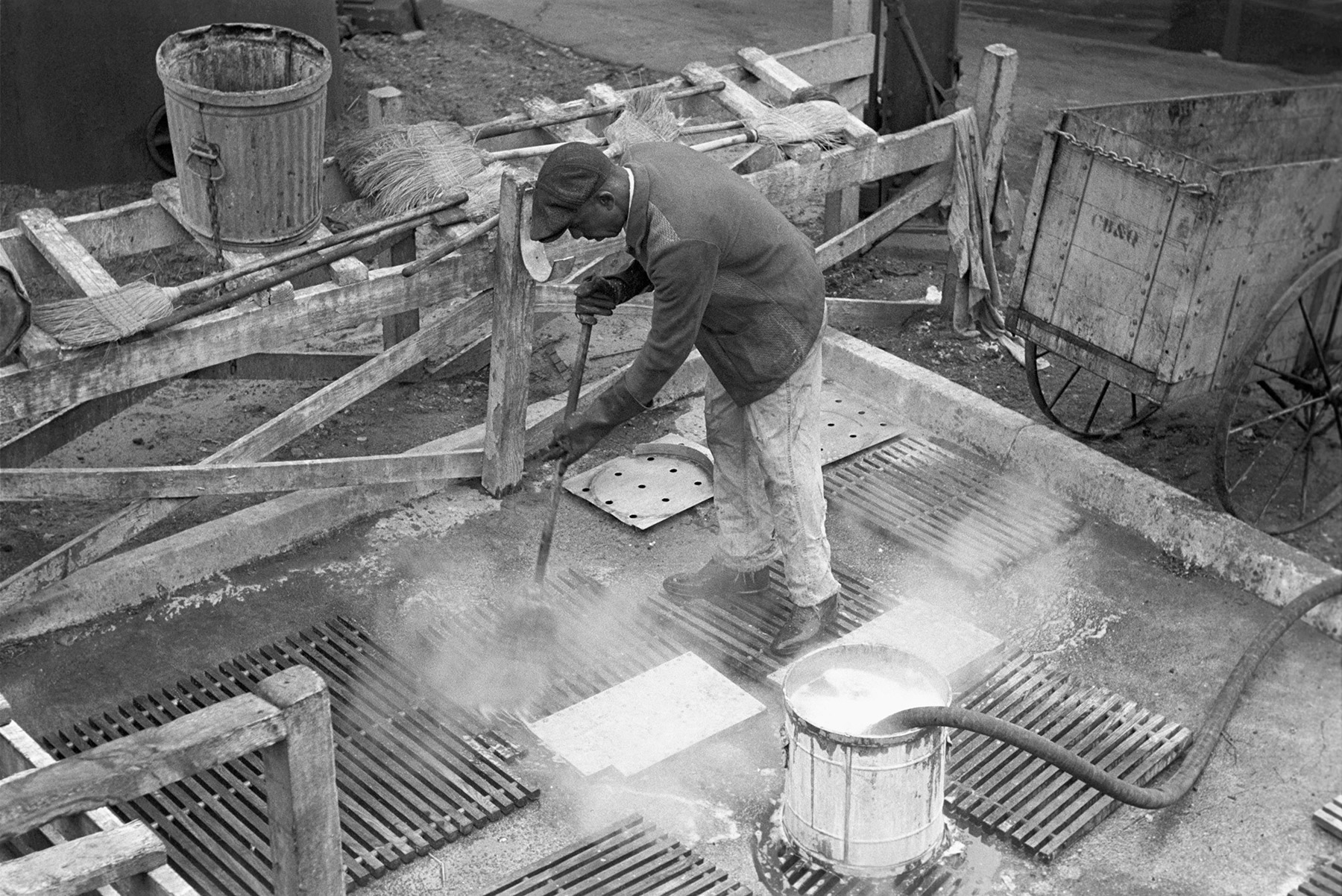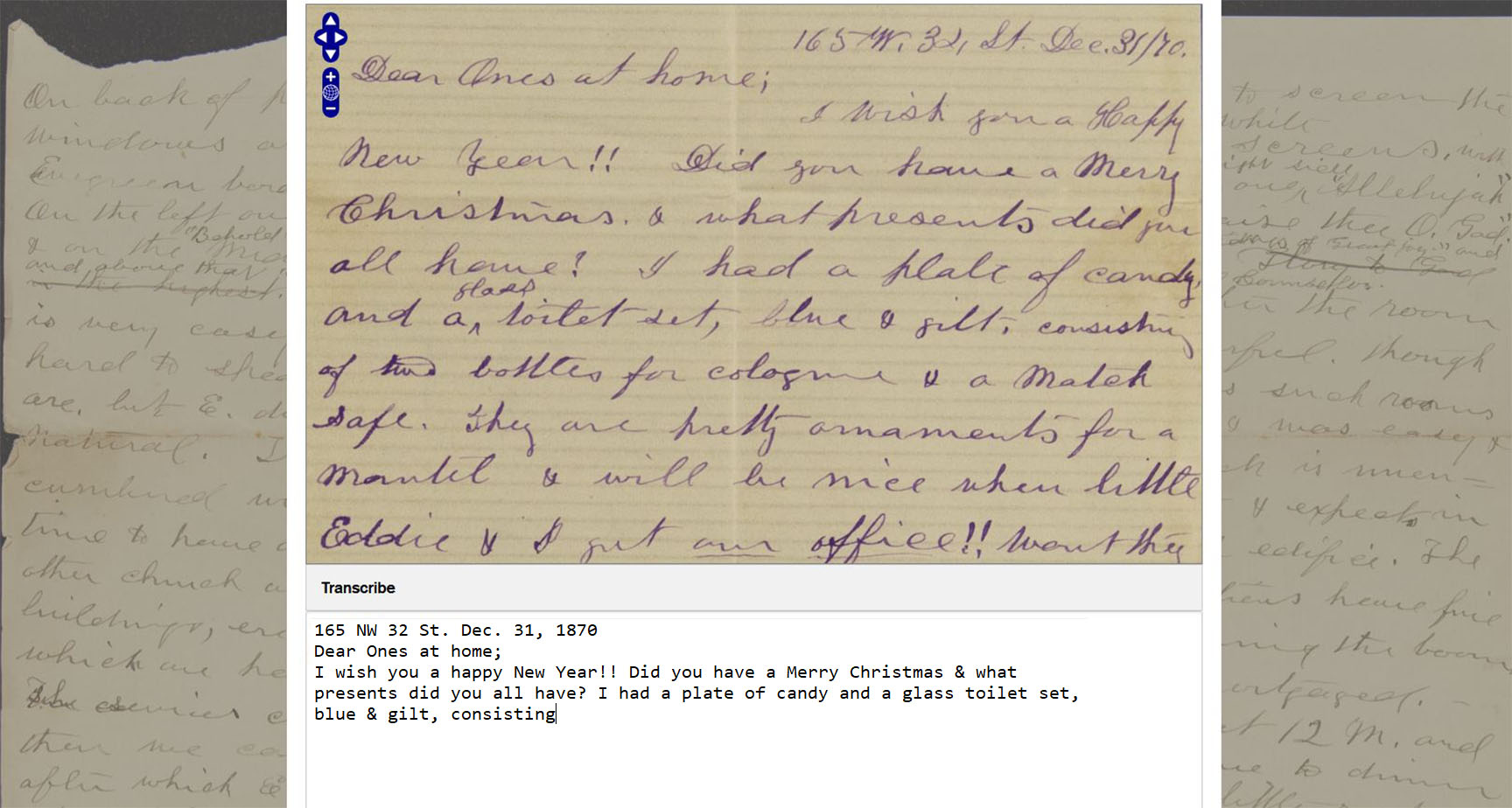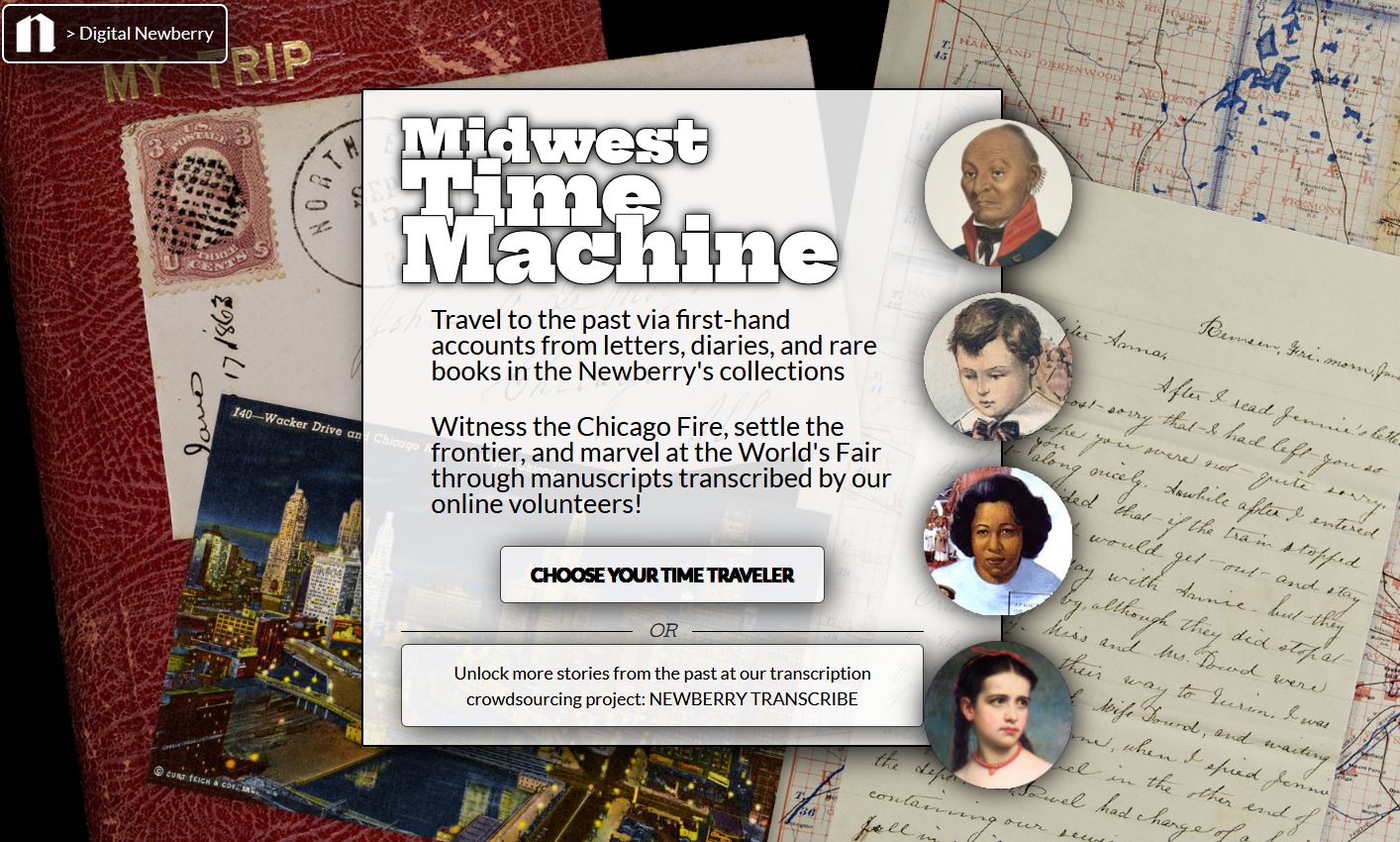For Teachers
Digital Collections for the Classroom
The Newberry's Digital Collections for the Classroom are designed for teachers who are interested in integrating themes from Midwest Connections into their curriculum. These educational resources offer contextual essays and discussion questions utilizing primary sources from the digital exhibit and other materials at the Newberry Library. The collections support the development of skills emphasized in the Common Core State Standards.
Migration and the Midwest
What are some motivations, shared among various groups, for migrating to and from the Midwest?
What is the relationship between European immigration and Indigenous displacement?
What roles did the United States federal government play in the migration stories of various groups?
Race, Respectability, and Resilience: African Americans in the Midwest
In what ways are African Americans articulating a vision of what the Midwest is or can be?
What measures do African Americans take to shape the region according to their own designs, hopes, and needs?
How do African Americans in the Midwest experience themselves as in the middle (or between) Southern or coastal African American experiences?
In what ways do white Midwesterners resist the new racial paradigm that African Americans seek to create?
Mapping Chicago and the Midwest, 1688–1906

How can we use maps to tell the early history of Chicago and the Midwest? How has the region been represented in maps over time?
What are the natural geographic features that define the region?
Who inhabited the region around Chicago between the seventeenth and twentieth centuries? What kinds of human settlements developed there at different times? How have maps been used by different empires and nations to secure control of the region?
Chicago and the Great Migration, 1915–1950
Why did African Americans leave the South and come to Chicago, according to these documents? What did they hope to find in Chicago?
Did the realities of life in Chicago meet the migrants’ expectations? What social conditions did African Americans encounter in the city between World War I and the civil rights movement? How did life in Chicago compare to life in the South?
How did established Chicagoans—both black and white—respond to the new arrivals? What effects did the migration have on the city?
Participatory Resources
Newberry Transcribe
Unlock the historical record! Visit Newberry Transcribe, our crowdsourcing site, and create transcriptions of handwritten letters and diaries. Your assistance will make these primary source materials easier to find, browse, and search.
Midwest Time Machine
Want a sampling of the kind of documents you may encounter? Take a trip in our Midwest Time Machine, featuring manuscript excerpts transcribed by online volunteers combined with maps, images, and other media to recreate life in the nineteenth and early twentieth centuries.




